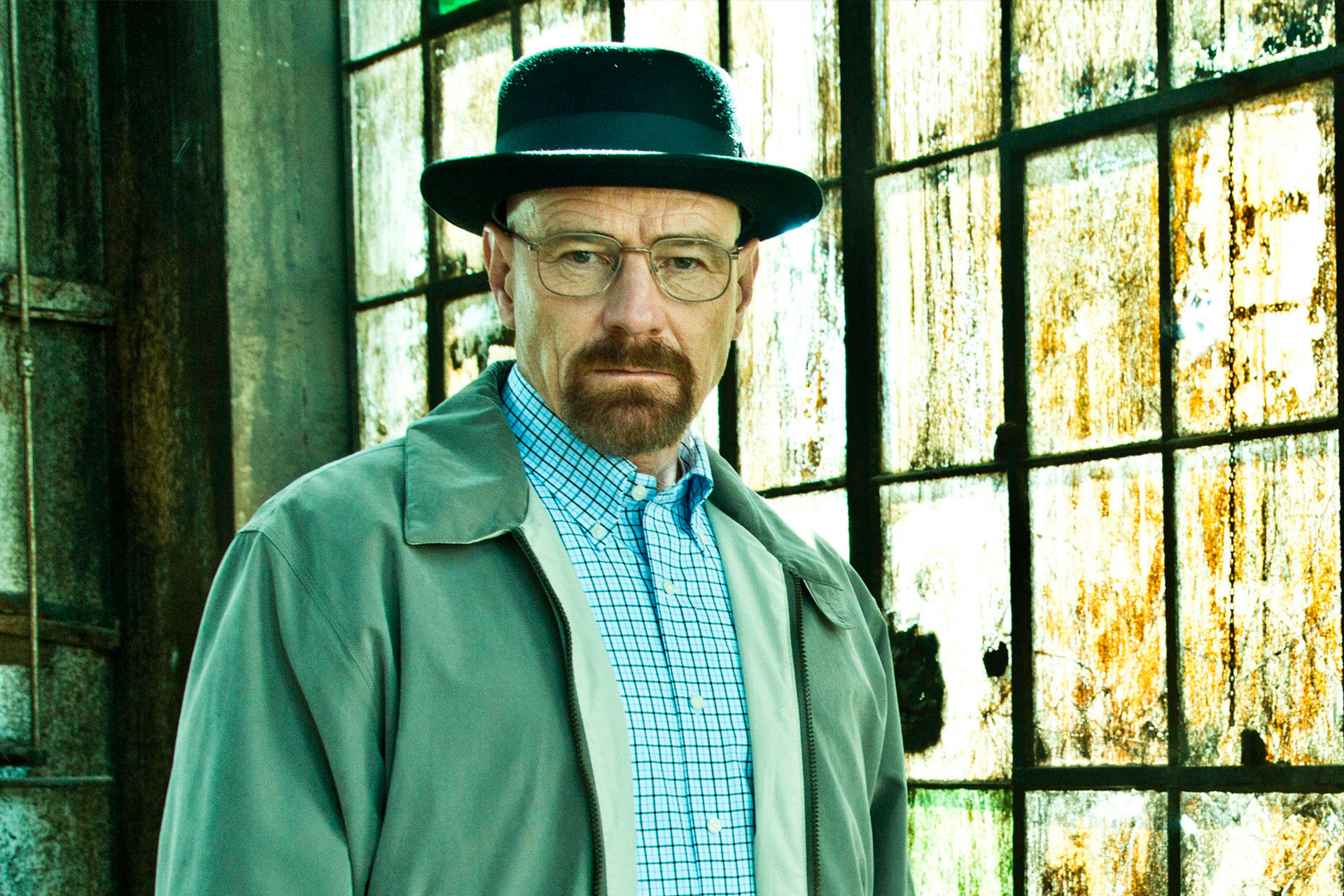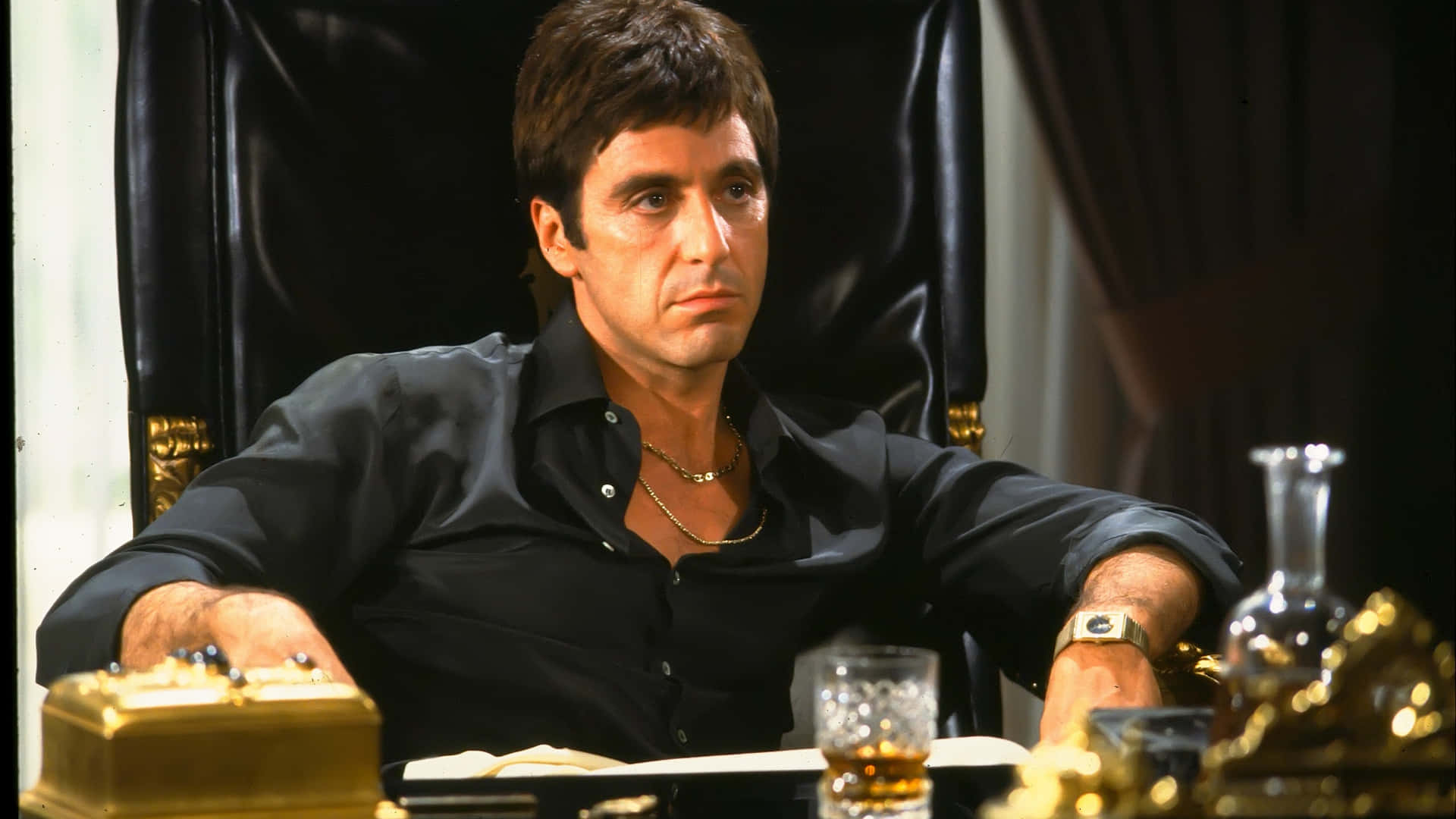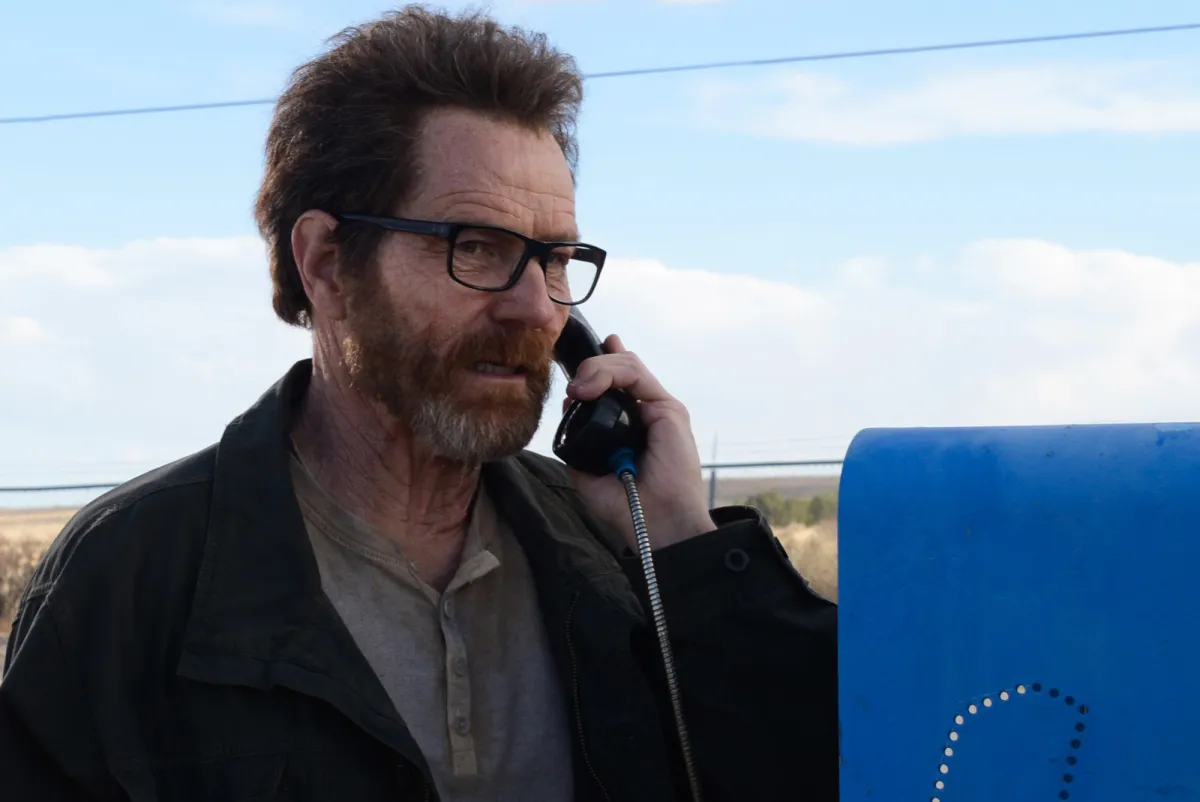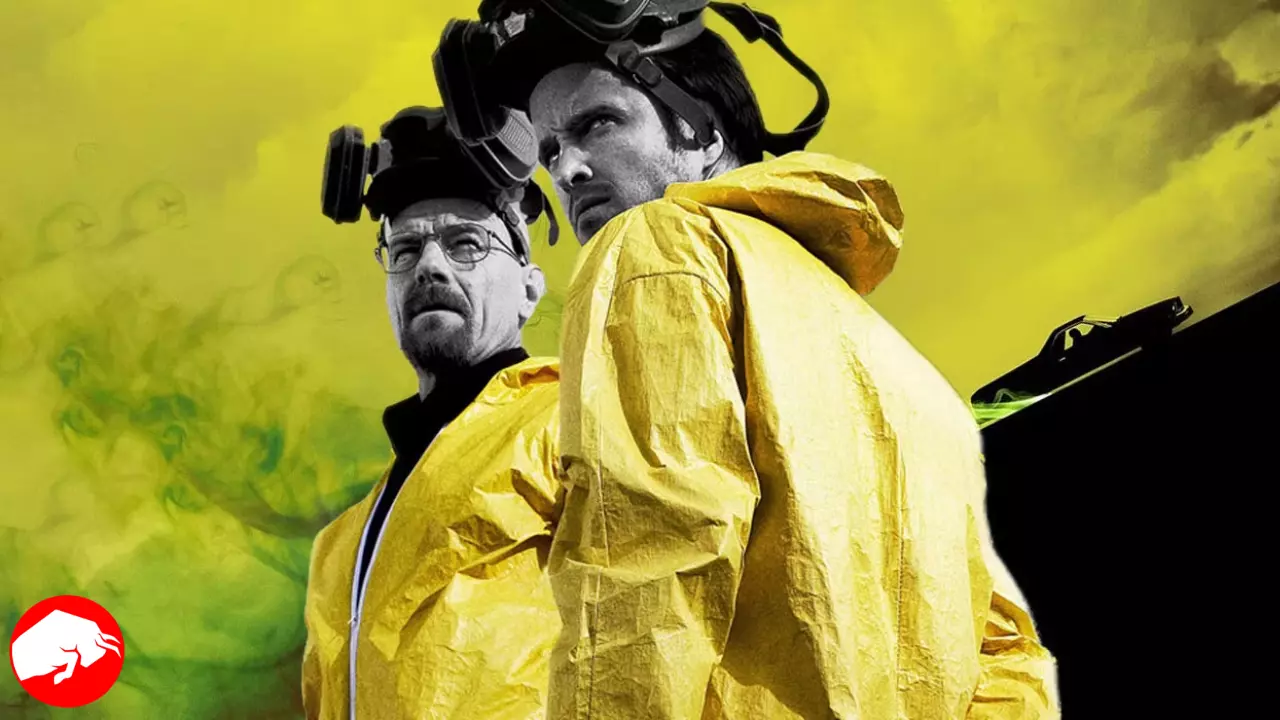The sprawling world of television has borne witness to its share of inspirations drawn from the film industry. But what if we told you one of the most celebrated TV series of our era, Breaking Bad, drew its muse from an ’80s iconic cinematic piece? The fierce and indomitable Tony Montana of Scarface might have been the shadow lurking behind the transformation of our very own Walter White.
In a candid revelation to Vanity Fair, Vince Gilligan, the architect of Breaking Bad, recounted an amusing discussion about possible career switches which led to the conception of a meth lab inside an RV. A humorous speculation turned out to be the genesis of an unforgettable saga.
From Mr. Chips to Kingpin: Walter’s Journey to Power

The essence of Gilligan’s ambition was precise – morph Walter White, the unassuming high school chemistry maestro he affectionately referred to as “Mr. Chips”, into a formidable figure echoing the essence of Scarface.
The narrative of Breaking Bad’s initial episodes unveiled Walter grappling with his terminal illness, venturing into the perilous meth underworld, spurred by the intent to ensure his family’s financial security. But as the storyline unfurled, Walter’s motivations evolved, taking a more ominous hue.

Drawing parallels with the audacious Tony Montana from the 1983 crime drama Scarface, Walter’s trajectory veered towards a relentless quest for dominance. While Montana’s narrative saw Al Pacino depict the ruthless climb within the narcotics domain, Walter White’s transformation mirrored a similar shift – the quintessential family man metamorphosing into a volatile, insatiable force in the drug trade.
The Duality of a Man: Morality versus Ambition
Throughout the narrative of Breaking Bad, Walter’s character constantly teeters on the precipice of his moral compass. One can’t forget the chilling moment from the first season when he’s seen meticulously weighing the reasons to either eliminate or spare a captive meth peddler. Such instances lay bare the emerging duality within Walter – a soul wrestling with its previous identity and a newfound allure of unbridled power.
In an enlightening chat with NPR, Gilligan dubbed the series an ‘experiment’ of sorts, a voyage to discover the transformational arc of a character transitioning from a hero to a nemesis.
A Transformation Realized: Walter White’s Final Confession

The TV show Gilligan’s groundbreaking and innovative storytelling approach truly struck a chord with its audience, leaving an indelible mark. As we prepare to say our final goodbyes to this beloved series, we witness Walter’s character transformation climaxing in an unforgettable way. In a deeply moving and revelatory moment, he offers a confession that peels back the layers of his motivations.
While it may have seemed on the surface that he was diving into the criminal underworld purely to safeguard his family’s future, a deeper look reveals a different truth. Beneath that outward justification hid a man consumed by an intense desire for power, recognition, and prestige. This poignant revelation confirms that Walter’s dangerous forays into the world of illicit activities were, in fact, largely driven by his own internal desires and personal ambitions.
Scarface’s Legacy: Echoed in Breaking Bad’s Mastery
In the vast history of television, Breaking Bad stands out as a monumental masterpiece. This show will not only be celebrated for its riveting tales and edge-of-your-seat moments, but also for its exceptional ability to draw inspiration from some of cinema’s most iconic stories. Vince Gilligan, the mastermind behind this series, showcases a rare talent. His brilliance isn’t just in crafting an unforgettable series filled with complex characters and heart-pounding plots; it’s also evident in how he beautifully intertwines the essence of the legendary film, Scarface.

As we watch Walter White’s roller-coaster journey from a mild-mannered teacher to a drug kingpin, we’re constantly reminded of the highs and lows of Tony Montana’s own life in the classic film. And through Gilligan’s homage to cinema’s past, the timeless saying comes to life once again: art truly does imitate art.









